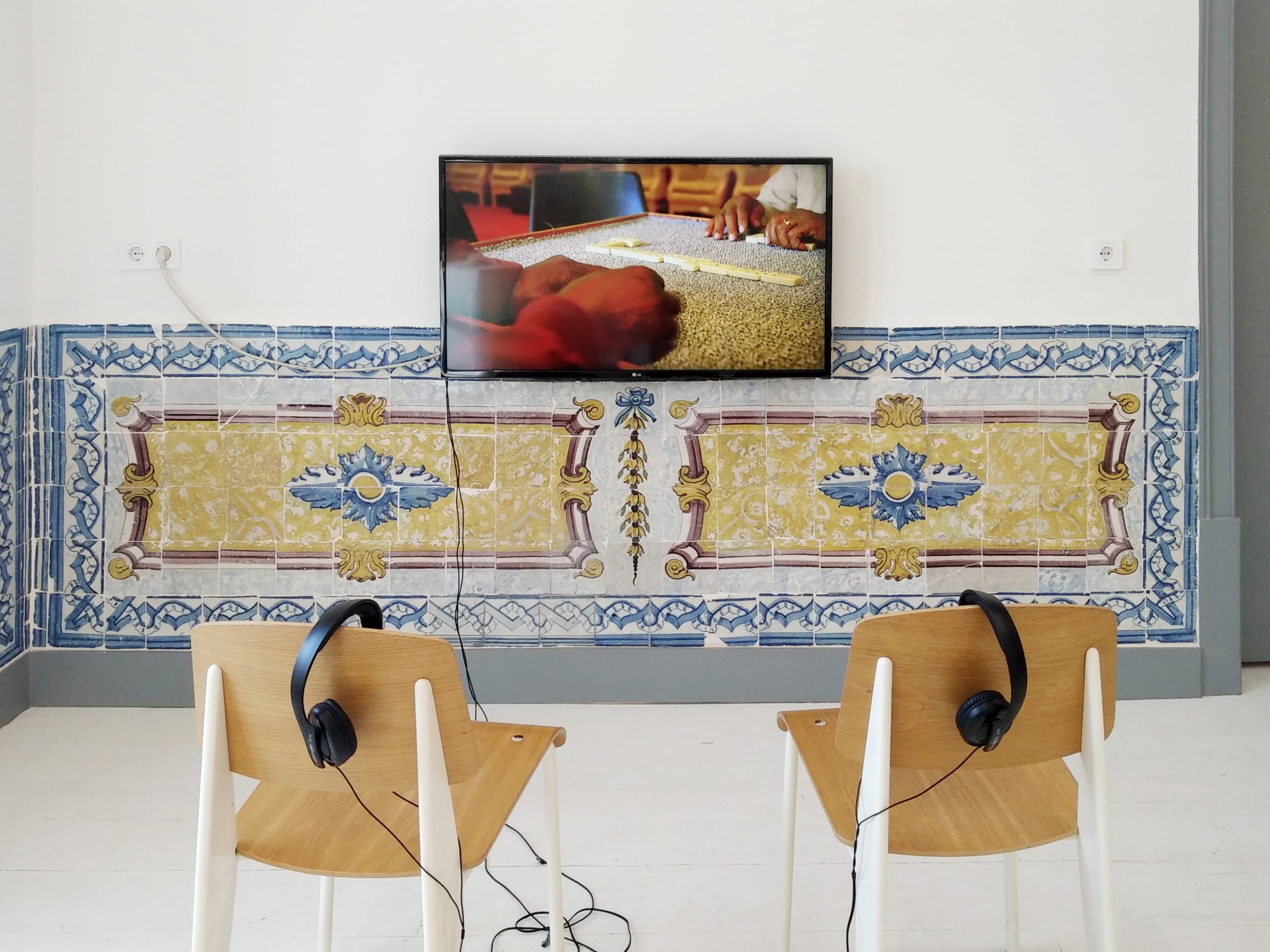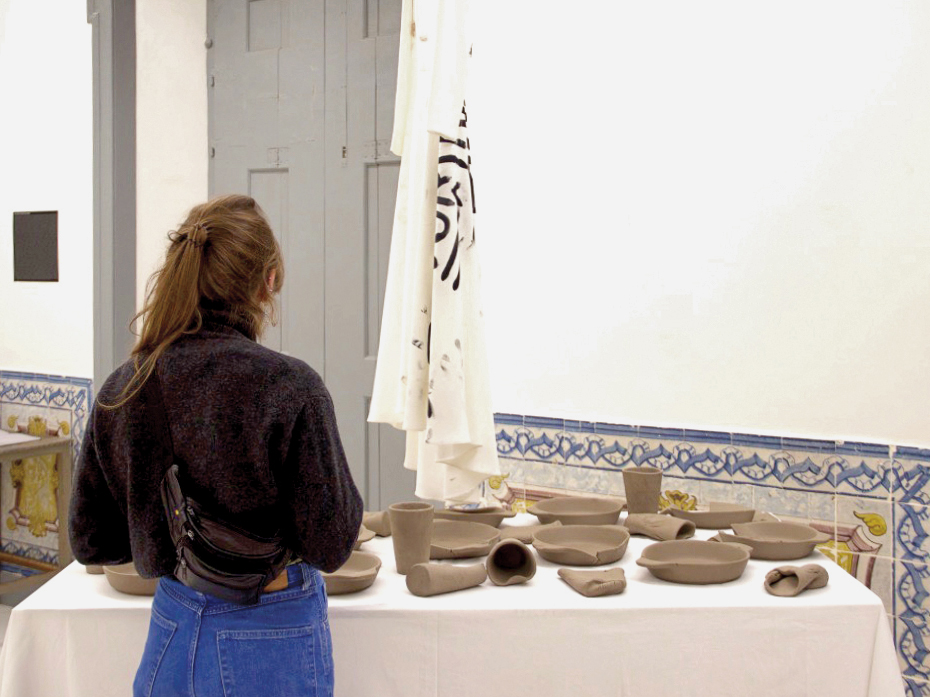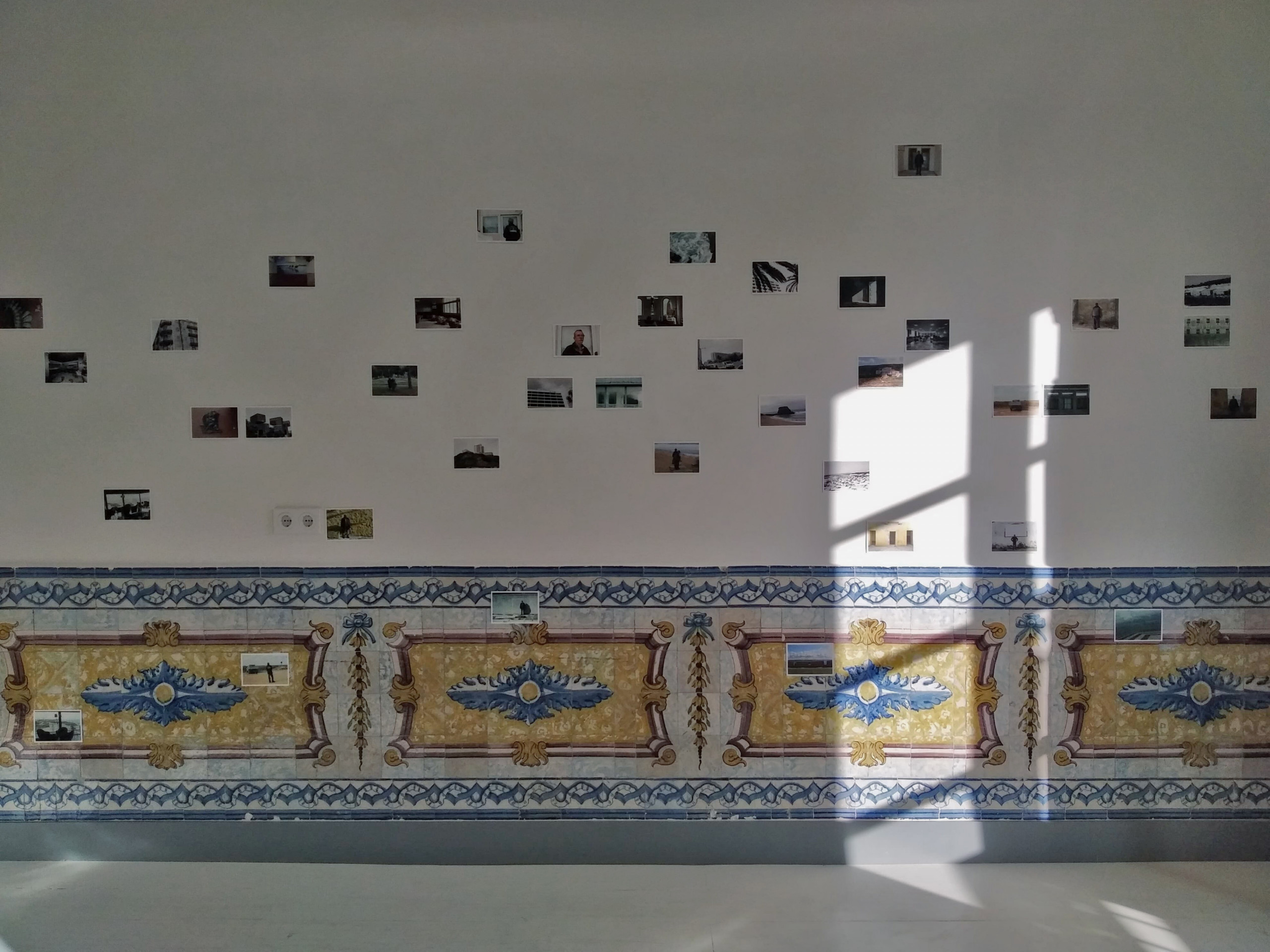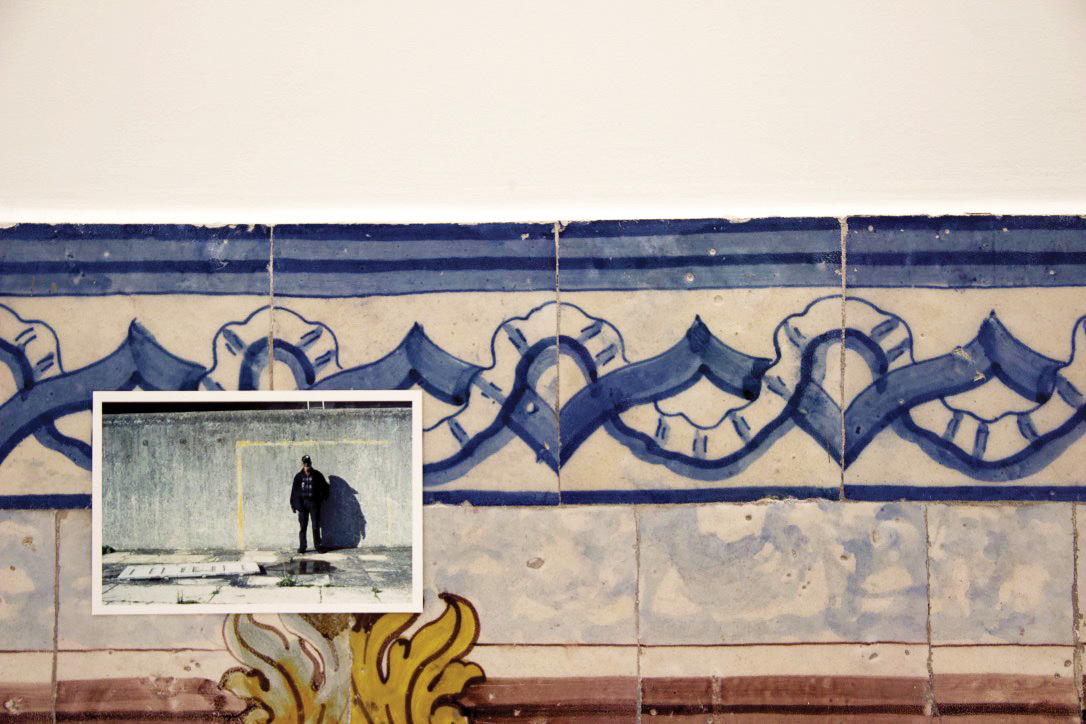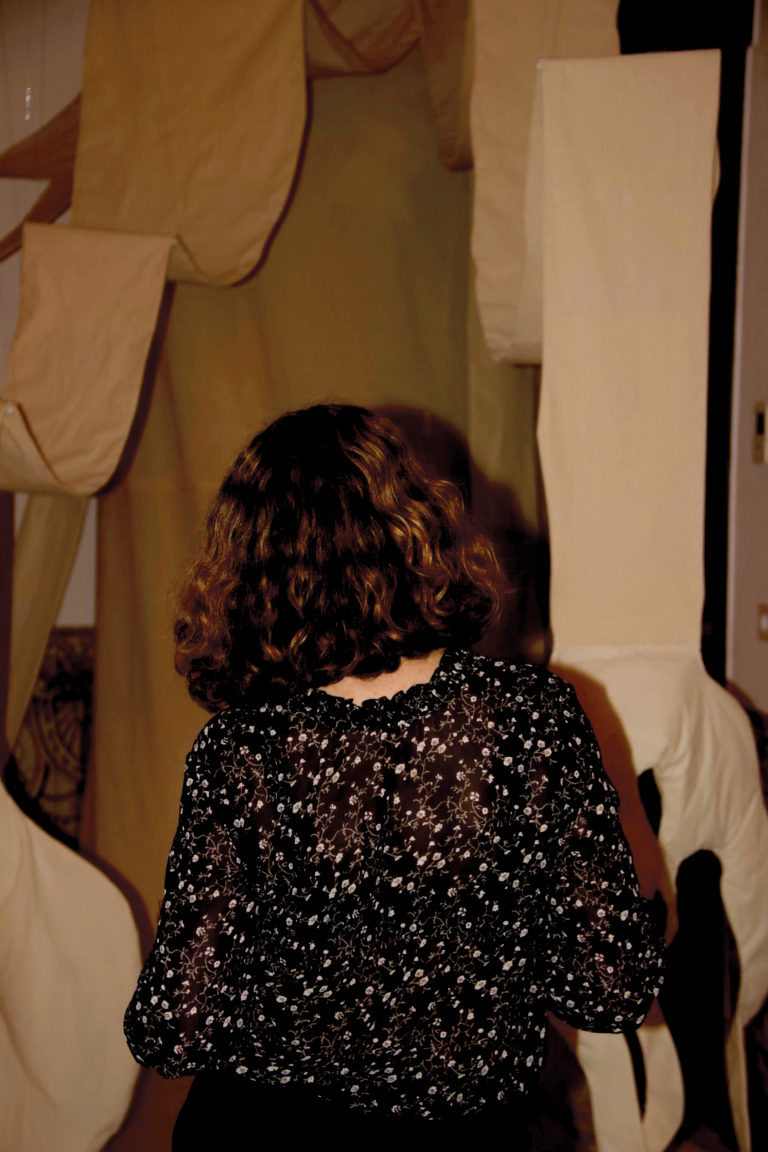
No Place Like Home
No Place Like Home reflects on notions of migration and the feeling of “home” through different media including sculpture, installation, video, performance and photography. More specifically, these artworks explore how tourism, diaspora, forced migration and (de)colonialism influence collective and individual identity in different contexts - either historically and socio-economically.

Nuria López de la Oliva is an independent curator from Spain living in Manchester (UK), holding an M.A. in Contemporary Curating from the Manchester School of Art, and a Degree in Sociology from Complutense University of Madrid (Spain). As an international curator, one of the main focuses of her practice is to connect artists from different contexts in order to expand their artistic knowledge and network globally.
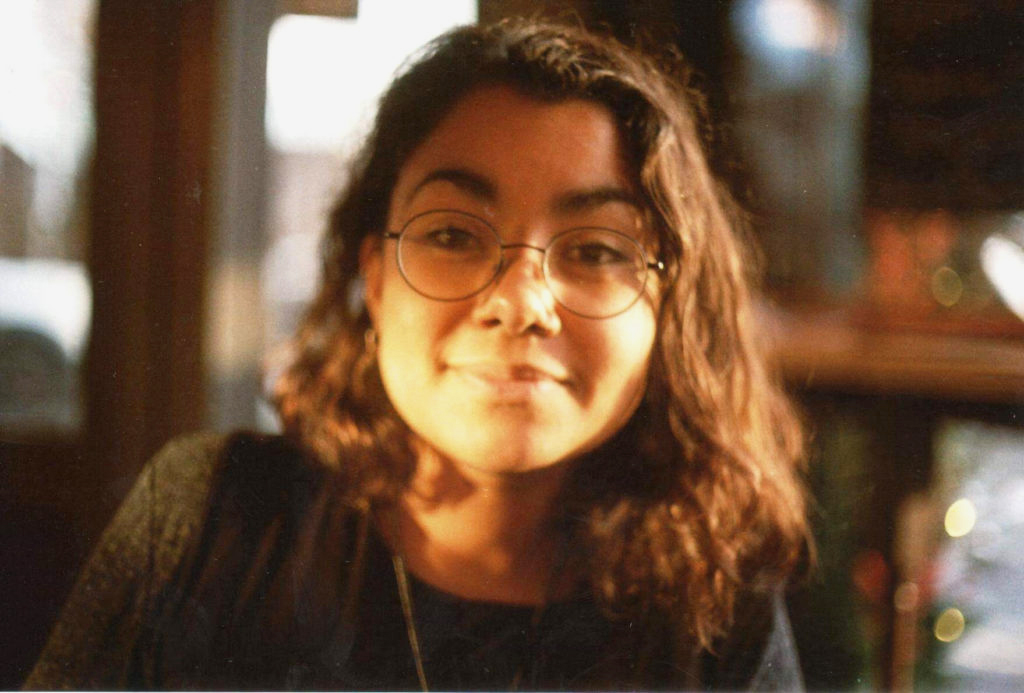
Hope Strickland is an artist-filmmaker and visual anthropologist from Manchester, UK. Her current work is concerned with archival response, Black feminist thought and postcolonial ecologies.
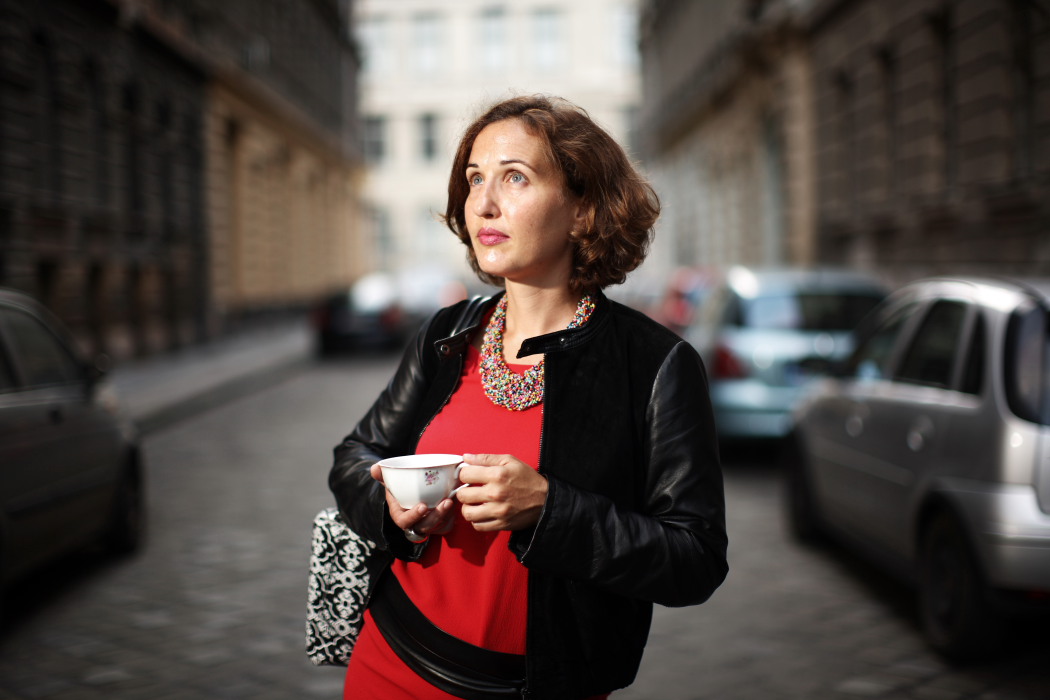
Known for her socially inspired works, Lilla Szasz focuses on stories of human vulnerability and is concerned with issues of immigration, identity and gender. Her practice is rooted in the process of documentary photography. In her long-term projects, Szasz engages with marginal groups of people living in closed, special communities. She has photographed elderly women in shelter houses, young criminal girls in detention homes, a family of prostitutes, a retired porn star caring about her mother and Autistic nephew, and, most recently, a woman living with HIV, who lost her husband 10 years ago and now completely devoting her life to voluntarism.
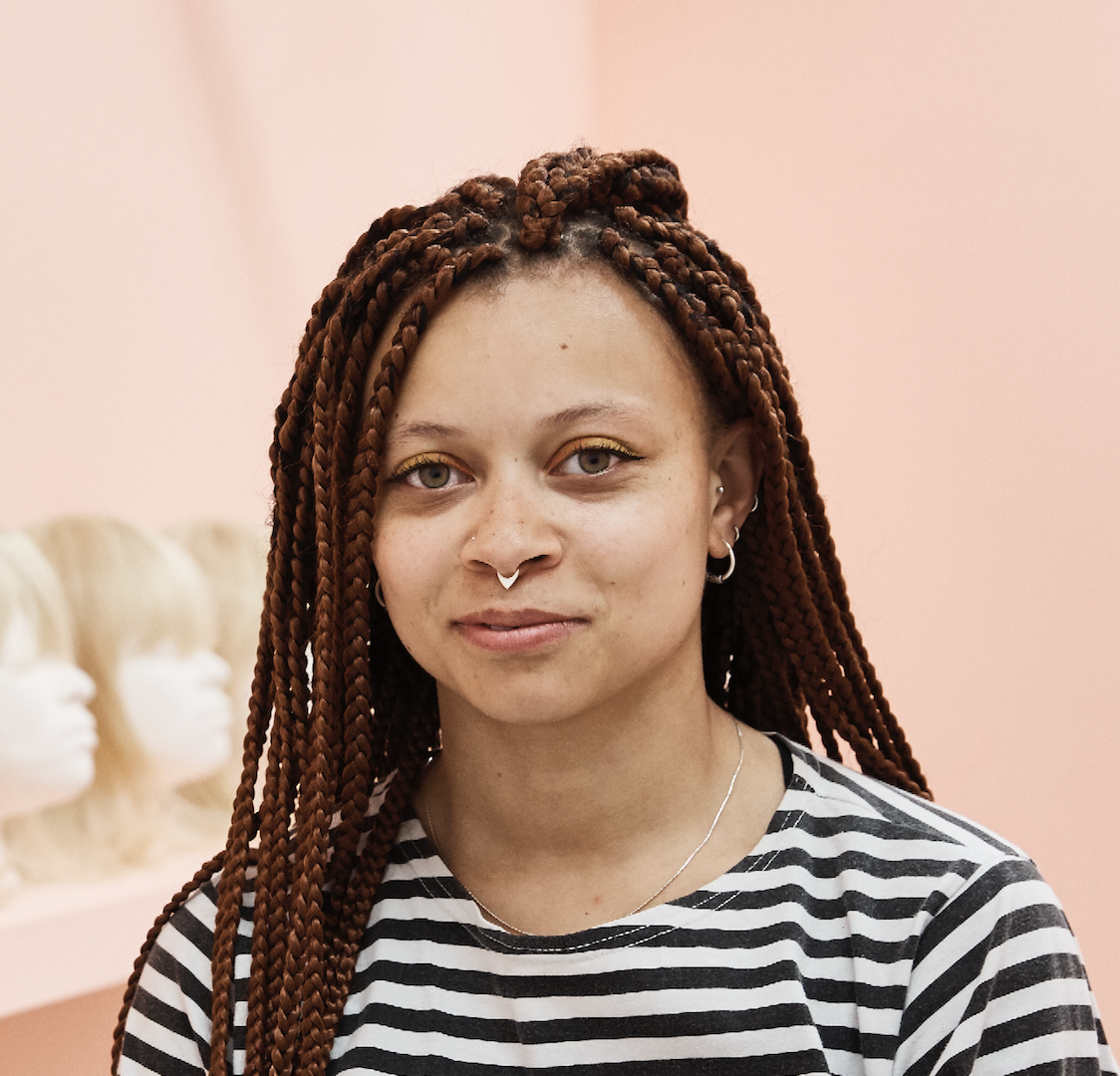
Tulani Hlalo is a British Postwar & Contemporary artist who was born in 1994.
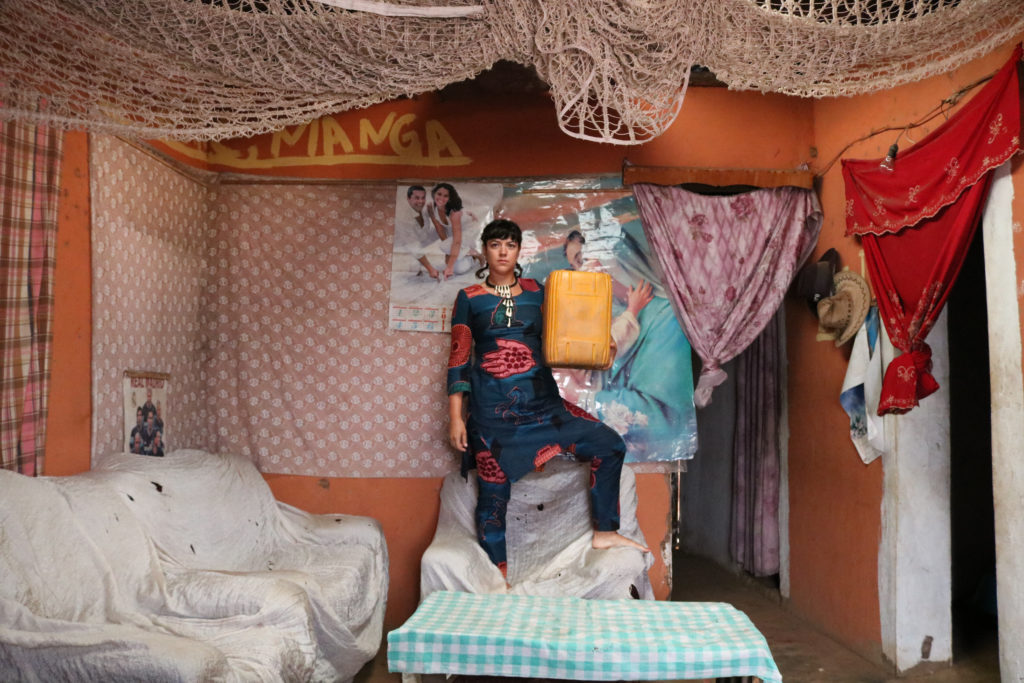
RitaGT is a critical and intervening artist, approaching themes such as memory, identity or the importance of human rights. Having lived in many different countries enables her to have a broader vision, valuing the historical points of view of many cultures. The colonial symbolism that is recurrent in her work defines her own identity and artistic language. The artist uses imagery, words and performance revealing a constant interrogation and experimentalism in both material and conceptual aspects.

